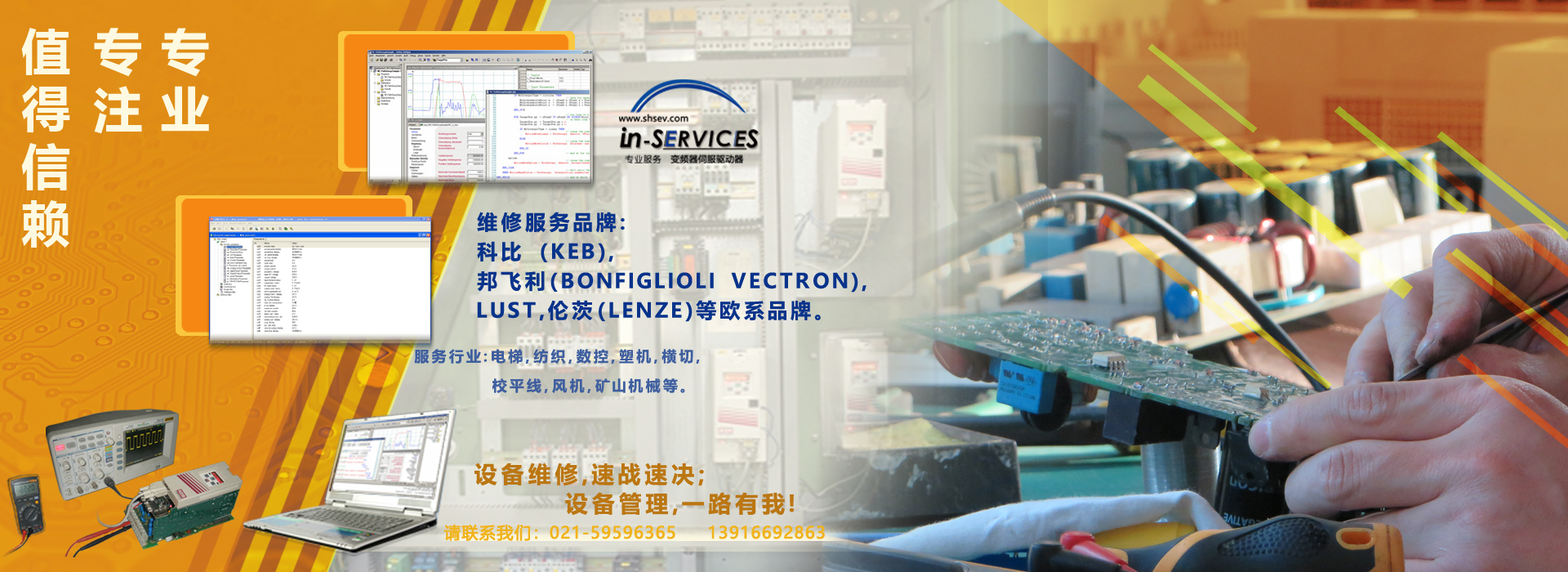A reader at Control Design Magazine recently asked a question about stepper vs servo motors.
We’ve been using stepper motors in the CNC machines we build. However, we sometimes lose steps because of the heavy table. We’ve considered putting a feedback device on the stepper application to optimize torque, but is there a better solution? Would a servo motor solve this? What are the tradeoffs?
KEB America Engineering Manager Scott Cunningham weighs in with his answer.
I would break this problem down into the following questions:
Can I alter the current setup or machine settings to solve the problem?
Will stepper feedback really fix my problem?
Can I simply use a larger stepper?
Can a servo fix my problem and increase the machine performance?
Are servos the only alternative?
1. Can I alter the current setup or machine settings to solve the problem?
When you exceed a stepper’s available torque, you lose the “step” (the shaft didn’t move the step). Are you exceeding the torque during acceleration, run or deceleration? Perhaps slowing the accel/decel rate or the run speed can avoid the error. If the cycle time of the machine becomes too large, the existing hardware is undersized.
2. Will stepper feedback really fix my problem?
Feedback will not really make the stepper “stronger”. The controller will see the stepper is out of position (slipped) and will try to correct. Since the stepper is already slipping, the correction will not work until the motor torque is higher than the load (typically at the end of the move). The result: corrected position at the cost of longer time-to-target. (Same result as point 1, but with the added cost of feedback).
3. Can I simply use a larger stepper?
If a larger/stronger stepper is available, this may be the simplest option (no training on new products, no new vendors, etc.). When upsizing motors, however, make sure the added torque is worth it – larger motors have larger inertias. The ideal situation is a larger stepper of the same frame size, but longer, as this adds the least amount of inertia. Work with your supplier on proper sizing.

Dynamic Line II Servo Motors produced by KEB
4. Can a servo fix my problem and increase the machine performance?
A properly sized servo will solve the problem. It will provide the required torque and the closed loop positioning to eliminate errors. If a switch to servo makes sense, then take the opportunity to improve the machine – you are already forced to switch hardware at additional cost. Recover this cost increase by providing a machine with higher performance. Can you move faster, have higher accuracies or even have a quieter machine?
5. Are servos the only alternative?
Servo means controlled by feedback. In the automation world, it is commonly accepted that servos are permanent magnet (typically rare-earth) synchronous motors with feedback. They are designed to be dynamic – long and skinny for high torque with low inertia. Several different feedback styles are available, depending on brand and product lines: resolver, absolute, SinCos, SSI, Hiperface, EnDat and Biss. Feedback devices that support absolute positions can remove homing routines at machine power on.
Vector systems are used for larger and heavier applications. Vector motors are AC induction motors with improved winding insulation and cooling, along with a feedback encoder. These motors are typically bigger in diameter, have higher inertias and are used in less dynamic applications. Again, several feedback options are available: encoder, absolute, SinCos, SSI, Hiperface, EnDat and Biss.
Linear motors are a great option for some applications. Linear motors can be thought of as an unrolled, flat servo motor. No rack and pinion gears, no gearboxes, just direct drive.
If a redesign is in your future, work with a supplier who offers more than one solution. Suppliers with only one solution will only offer what they can sell and you may not get the best solution for your money and machine.









